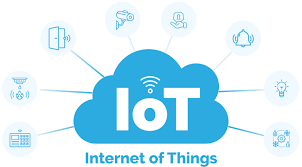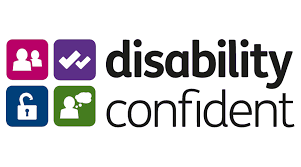Remote Working vs Office Working in 2025: Striking the Right Balance
The debate between remote working and office working continues to evolve as we step into 2025, a year marked by unprecedented technological advancements and shifting workplace dynamics. With hybrid models gaining popularity, employers and employees alike are re-evaluating the benefits, challenges, and opportunities of both modes of work.

The Remote Revolution: Flexibility and Productivity
Remote working has come a long way since its accelerated adoption during the COVID-19 pandemic. In 2025, it is no longer just a necessity but a lifestyle choice for many professionals. According to recent studies, over 60% of employees globally now prefer remote or hybrid work arrangements, citing flexibility and better work-life balance as primary reasons.
Advantages of Remote Work in 2025:
- Increased Flexibility: Employees can tailor their schedules to fit personal and professional demands, leading to higher job satisfaction.
- Access to Global Talent: Companies can hire talent from any location, breaking geographical barriers and enriching diversity.
- Cost Savings: Both employers and employees benefit financially. Companies save on office space and utilities, while employees cut commuting costs.
Challenges of Remote Work:
- Isolation: Despite advances in virtual communication, some employees still feel disconnected from their teams.
- Blurring Boundaries: Working from home can sometimes lead to overwork and burnout, as personal and professional boundaries blur.
- Equity Issues: Employees without suitable home office setups may face disadvantages compared to their peers.
The Office Comeback: Collaboration and Culture
While remote work has gained traction, many organizations still see the value of a physical office. Offices remain hubs for collaboration, innovation, and relationship-building. In 2025, however, the traditional office has transformed. Modern workplaces are designed with employee well-being in mind, featuring open spaces, wellness areas, and technology-enhanced meeting rooms.
Advantages of Office Work in 2025:
- Enhanced Collaboration: In-person interactions foster creativity and problem-solving.
- Stronger Culture: Offices help in building a shared organizational identity and camaraderie among teams.
- Learning Opportunities: Younger employees and new hires benefit from hands-on mentorship and team dynamics.
Challenges of Office Work:
- Commute Stress: Commuting remains a significant drawback, especially in urban areas with congested transportation systems.
- Rigidity: Fixed office hours may not align with employees’ personal lives, leading to dissatisfaction.
- Cost Implications: Employers face higher operational costs for maintaining office spaces.
The Hybrid Solution: The Best of Both Worlds?
For many organizations, hybrid work has emerged as the ultimate compromise. Employees split their time between the office and remote work, offering the flexibility of working from home while maintaining the benefits of in-person collaboration. Companies like Google, Microsoft, and smaller enterprises alike have adopted hybrid policies, tailoring them to their unique needs.
Why Hybrid Works:
- Employee Autonomy: Workers have greater control over their schedules.
- Optimized Productivity: Employees can choose the best environment for their tasks—office for collaboration, home for focused work.
- Retention and Attraction: Hybrid work appeals to a broad talent pool, offering the flexibility that many professionals now demand.
The Road Ahead
In 2025, the choice between remote and office working isn’t binary; it’s about balance and adaptation. Businesses must consider their industry, workforce demographics, and long-term goals to create a work model that fosters productivity, inclusivity, and well-being. For employees, the future of work offers unparalleled flexibility, but it also demands accountability and the ability to thrive in diverse environments.
As we navigate this evolving landscape, one thing is clear: the workplaces of the future will prioritize choice, connection, and adaptability, ensuring that employees and organizations alike can thrive.






